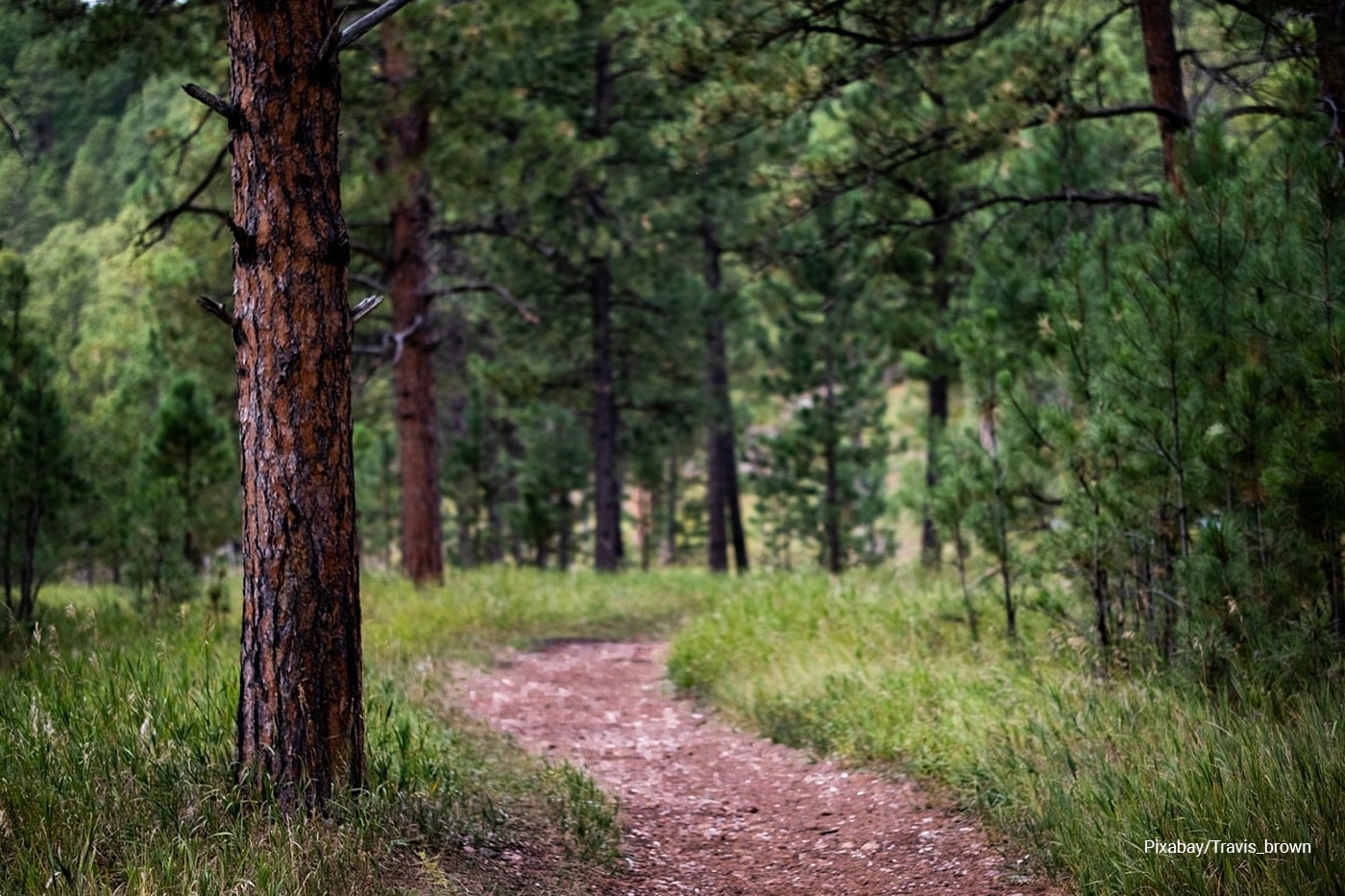A wildlife habitat is an area that provides shelter, breeding grounds, and food sources necessary for the survival of various species of wildlife. It is characterized by specific types of vegetation and environmental conditions that support different wildlife populations. However, many habitats face threats from destruction, fragmentation, and degradation, making habitat loss a significant concern for wildlife conservation.
To build a wildlife habitat in your backyard, focus on the four essential components of habitat: food, water, shelter, and nesting areas.
- Food: Plant native plants that produce berries, seeds, and nectar to attract various wildlife, including birds, bees, and butterflies. Consider adding feeders for birds and seed blocks for small mammals.
- Water: Provide a clean, reliable water source, such as a birdbath or a small pond. Ensure the water is regularly cleaned to keep it fresh and safe for wildlife.
- Shelter: Create areas where animals can find cover from predators and harsh weather. This can be achieved by incorporating dense plantings, hedgerows, or even brush piles.
- Nesting Areas: Encourage nesting by providing birdhouses, bee hotels, and allowing natural spaces such as leaf litter for small mammals.
By integrating these components, your yard will become a welcoming and sustainable refuge for local wildlife.
Contents []
What are the Different Types of Wildlife Habitat?

Wildlife habitats can be categorized into several types, each characterized by specific environmental conditions and supporting different kinds of flora and fauna. Here are some of the main types of wildlife habitats:
Forests:
- Tropical Rainforests: High biodiversity, warm temperatures, and high rainfall.
- Temperate Forests: Four distinct seasons, with deciduous and coniferous trees.
- Boreal Forests: Coniferous trees in cold climates, also known as taiga.
Grasslands:
- Savannas: Characterized by grasslands with scattered trees, often found in warm climates.
- Prairies: Temperate grasslands typically dominated by grasses and few trees.
Wetlands:
- Swamps: Wetlands dominated by woody plants.
- Marshes: Herbaceous plants in shallow water.
- Bogs and Fens: Waterlogged areas with acidic soils and specific plant communities.
Deserts:
- Characterized by low rainfall, extreme temperatures, and specialized flora and fauna adapted to arid conditions.
Coastal and Marine Habitats:
- Estuaries: Where freshwater from rivers meet the ocean, providing rich biodiversity.
- Coral Reefs: Underwater ecosystems supporting a vast array of marine life.
- Intertidal Zones: Areas between high and low tide, hosting unique species.
Mountains:
- Host diverse habitats depending on elevation, climate, and exposure, often with specialized adaptations.
Urban Habitats:
- Cities and towns can also serve as habitats for wildlife, including birds, mammals, insects, and plants that adapt to urban environments.
Each habitat plays a crucial role in supporting ecosystems and maintaining biodiversity, making their protection essential for wildlife conservation.
What Plants are Best for Attracting Pollinators?

Attracting pollinators to your garden can significantly benefit the ecosystem while enhancing the beauty of your outdoor space. Here are some excellent plants known for attracting bees, butterflies, and hummingbirds:
Nectar-Rich Flowers:
- Milkweed (Asclepias spp.): Essential for monarch butterflies and other pollinators.
- Coneflower (Echinacea spp.): A perennial favorite among various bees and butterflies.
- Black-eyed Susan (Rudbeckia hirta): Attracts a wide range of pollinators with its bright yellow petals.
- Asters (Aster spp.): Bloom in late summer and fall, providing vital resources for pollinators preparing for winter.
- Liatris (Liatris spp.): Known for its tall, spiky purple flowers that attract butterflies and bees.
- Salvia (Salvia spp.): The vibrant flowers appeal to both bees and hummingbirds.
Other Pollinator-Friendly Plants:
- Lavender (Lavandula spp.): Bees love its fragrant flowers; plus, it’s drought-tolerant.
- Bee Balm (Monarda spp.): Attracts a variety of bees and butterflies with its colorful and aromatic blooms.
- Zinnias (Zinnia elegans): Easy to grow and attract butterflies with their bright colors.
- Phlox (Phlox spp.): Offers abundant nectar and attracts butterflies and hummingbirds.
- Foxglove (Digitalis spp.): Hummingbirds are particularly fond of its tubular flowers.
Considerations:
- Choose Native Plants: Native species are often the best option because they evolved alongside local pollinators and provide the specific food and habitat they need.
- Plant in Clusters: Grouping plants together can make it easier for pollinators to find them.
- Diverse Bloom Times: Select a variety of plants that bloom at different times throughout the season to provide a continuous food source.
By incorporating these plants into your garden, you can create a thriving habitat for pollinators while enjoying a colorful and vibrant landscape!
What Types of Shelter Do Birds Prefer?

Birds prefer a variety of shelter types depending on their species and habits. Here are some common shelter options that can attract different birds to your backyard:
- Birdhouses: Provide man-made nesting boxes designed for specific species. Different birds prefer different sizes and entrance hole diameters, so choose or make birdhouses accordingly.
- Dense Shrubs and Bushes: Species such as sparrows and warblers like to nest in thick vegetation where they can find cover from predators.
- Trees: Tall trees with branches create natural nesting spots, and many bird species, such as owls and hawks, prefer mature trees for roosting and hunting.
- Thickets: Areas with tangled underbrush or dense thorns (like blackberry bushes) offer excellent protection for nesting and hiding from predators.
- Brush Piles: Creating piles of branches, leaves, and other debris provides cover and nesting materials for ground-nesting birds and small species.
- Rock Features: Piles of stones or rock walls can be used by some birds for nesting or as lookout spots.
- Hanging Nest Boxes or Shelves: Some birds, like purple martins, prefer nesting in houses that are mounted high and away from the ground.
- Vertical Gardens: Installing vertical planters or wall installations can provide unique nesting opportunities for small birds like wrens.
By offering a variety of shelters in your backyard, you can attract a diverse range of bird species, enhancing both biodiversity and the enjoyment of observing wildlife. Be sure to consider the specific needs of the birds in your area!



